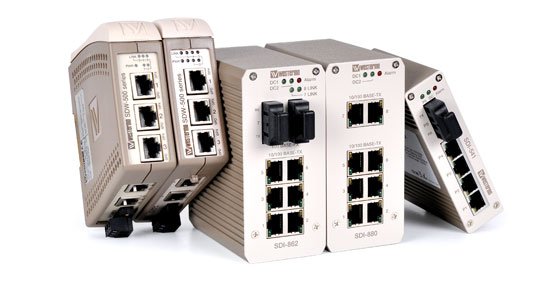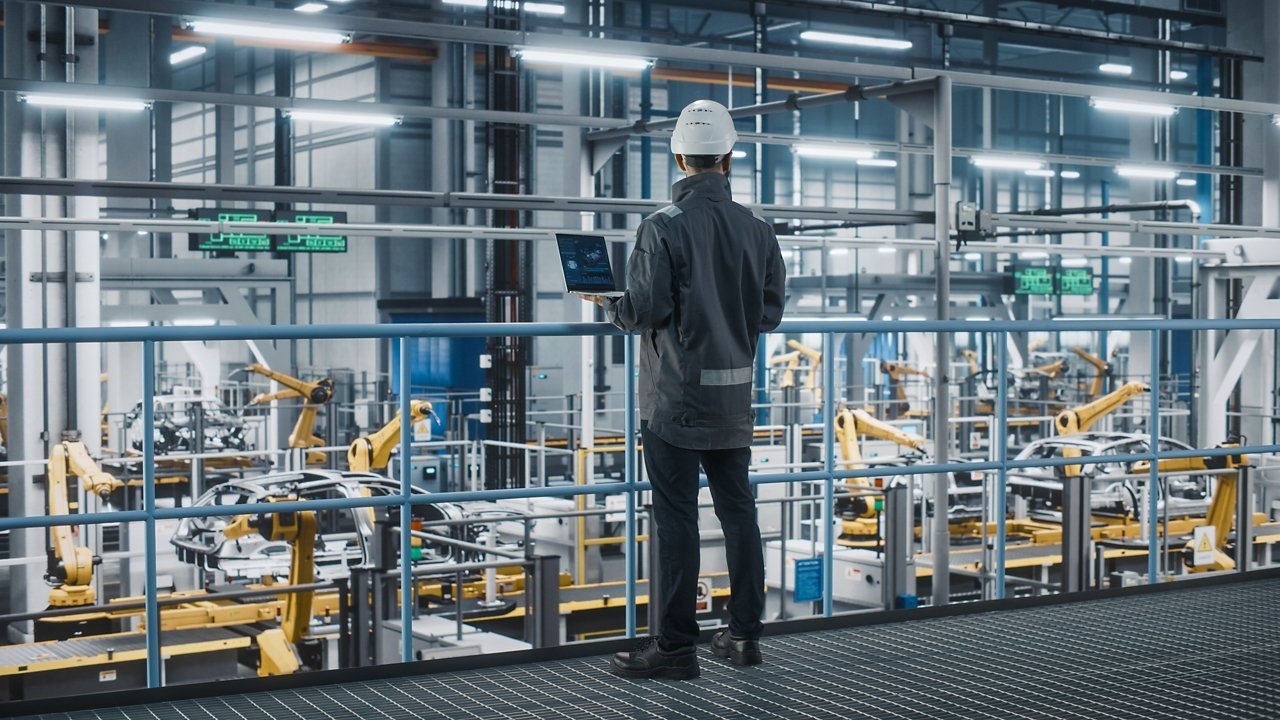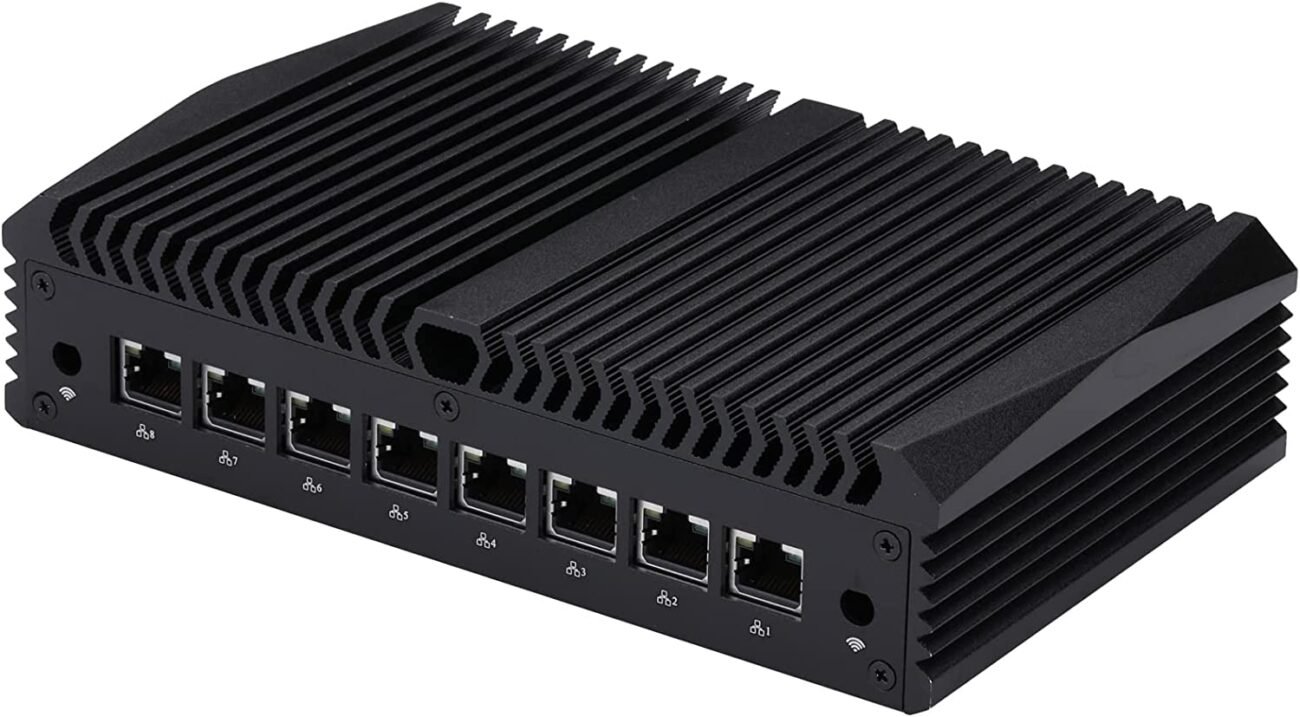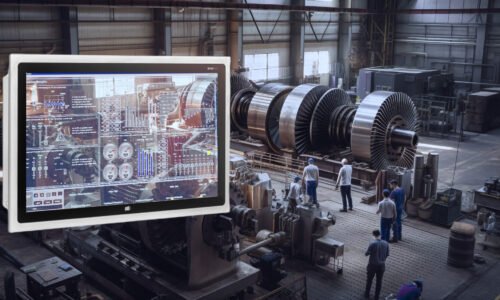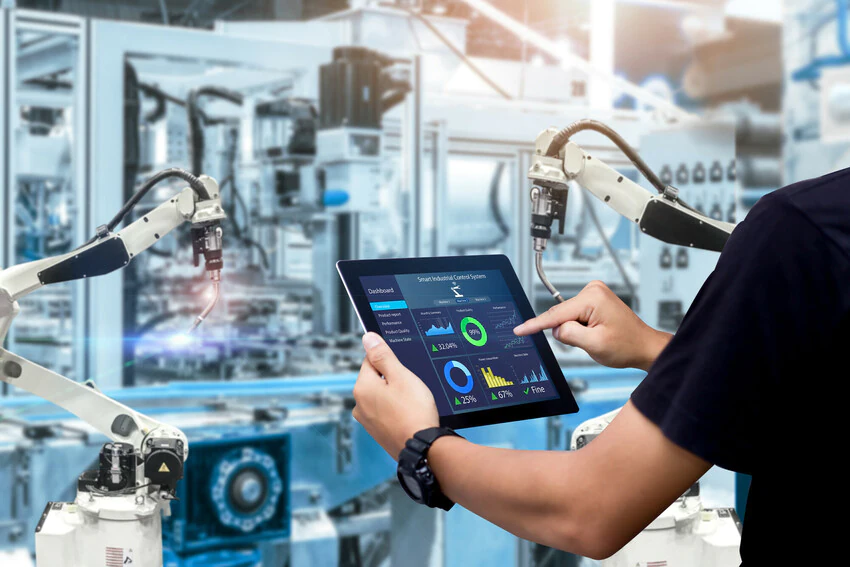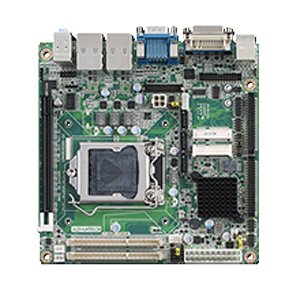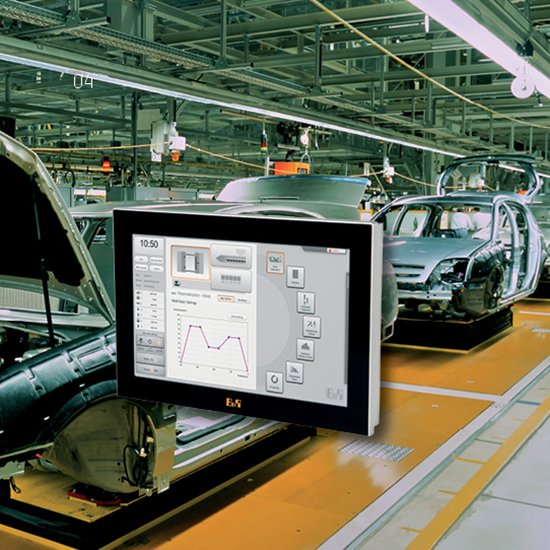In today’s digital age, industrial companies are increasingly reliant on reliable and efficient networking solutions to keep their operations running smoothly. Ethernet is the most widely used communication protocol in industrial networks, but not all Ethernet solutions are created equal. In this article, we will explore how robust industrial Ethernet solutions can maximize performance and reliability, and what businesses need to consider when choosing and implementing them.
Industrial Ethernet solutions have become increasingly important in today’s manufacturing and production environments. These solutions offer high-speed data transmission, reduced latency, and increased flexibility and scalability. In this article, we will discuss the benefits of industrial Ethernet solutions, the components that make up these solutions, key considerations for selecting them, best practices for deployment, and real-world case studies
Introduction
Industrial Ethernet refers to the use of Ethernet protocols in industrial environments, where it is used to connect devices such as sensors, actuators, and programmable logic controllers (PLCs). In these environments, the Ethernet network must be able to withstand harsh conditions, including temperature extremes, vibrations, and electromagnetic interference.
The importance of maximizing performance and reliability in industrial Ethernet cannot be overstated. Unreliable networks can cause costly downtime, production delays, and safety issues. Additionally, they can negatively impact a company’s bottom line and reputation.
Understanding the Need for Robust Industrial Ethernet Solutions
Industrial Ethernet faces unique challenges that are not present in office or home networks. These challenges include the need for high reliability and resilience, compatibility with legacy equipment, and the ability to withstand harsh environmental conditions.
Unreliable Ethernet solutions can lead to data loss, network congestion, and security breaches. In industrial settings, these issues can have severe consequences, including machinery breakdowns, production delays, and safety hazards.
Robust industrial Ethernet solutions address these challenges by providing high levels of reliability, redundancy, and scalability. They also offer advanced cybersecurity features, including firewalls, intrusion detection, and encryption.
Features of Robust Industrial Ethernet Solutions
Robust industrial Ethernet solutions offer several key features that set them apart from other Ethernet solutions.
Reliability and Redundancy: Industrial Ethernet networks require high levels of reliability and redundancy to ensure continuous operation in the face of hardware failures, power outages, and other issues. Robust Ethernet solutions offer redundant power supplies, backup communication paths, and fault-tolerant designs to minimize downtime.
Flexibility and Scalability: Industrial networks must be able to adapt to changing requirements, accommodate new devices, and support a wide range of applications. Robust Ethernet solutions offer flexible, scalable architectures that can grow and evolve with a business’s needs.
Cybersecurity: Industrial networks are increasingly vulnerable to cyber threats, including malware, ransomware, and denial-of-service attacks. Robust Ethernet solutions offer advanced cybersecurity features, including secure boot, secure firmware updates, and intrusion detection.
Compatibility with Legacy Equipment: Many industrial environments rely on legacy equipment that cannot be easily replaced or upgraded. Robust Ethernet solutions offer backward compatibility with older devices and protocols, enabling them to integrate seamlessly into existing networks.
Benefits of Industrial Ethernet Solutions
The benefits of industrial Ethernet solutions are vast. First and foremost, they offer high-speed data transmission rates, which are critical in today’s fast-paced production environments. In addition, they have lower latency, enabling faster response times for critical applications. Furthermore, these solutions offer increased flexibility and scalability, allowing businesses to adapt to changing production demands.
Components of Industrial Ethernet Solutions
There are several components that make up industrial Ethernet solutions, including switches, routers, gateways, protocol converters, cables, and connectors. Switches are used to connect devices within a network, while routers are used to connect networks. Gateways are used to connect different types of networks, such as Ethernet and serial networks. Protocol converters are used to translate between different communication protocols, while cables and connectors are used to physically connect devices to the network.
Key Considerations for Selecting Industrial Ethernet Solutions
When selecting industrial Ethernet solutions, there are several key considerations to keep in mind. Environmental factors, such as temperature and humidity, should be considered when selecting components. Network topology, security requirements, and future scalability needs should also be taken into account. It is essential to choose the right components that will meet the specific needs of the business.
Best Practices for Deploying Industrial Ethernet Solutions
Proper cable management is critical when deploying industrial Ethernet solutions. Cables should be routed in a way that reduces the risk of damage and interference. Implementing redundancy is also important to ensure network availability in the event of a component failure. Monitoring network performance is essential to identify and resolve issues quickly. Regular maintenance and upgrades should also be performed to ensure optimal performance.

